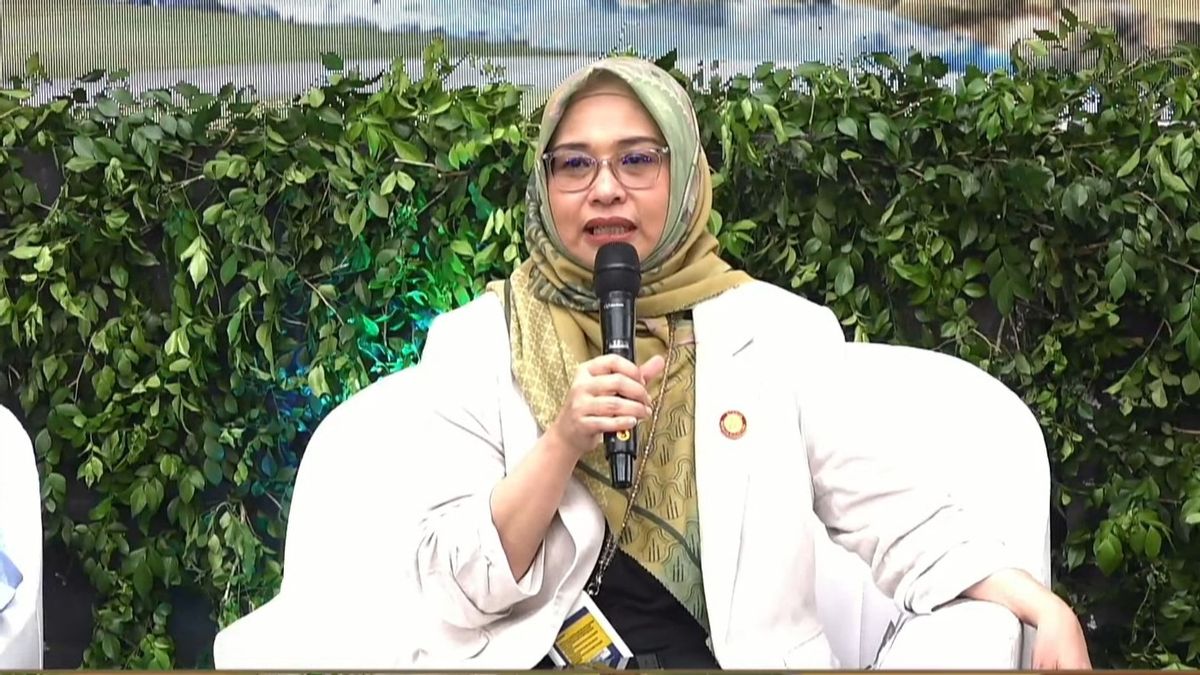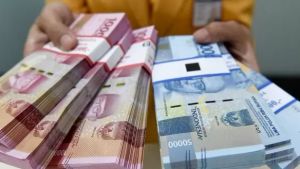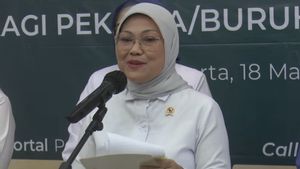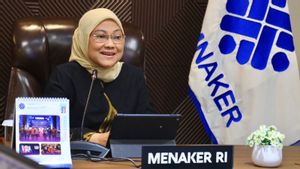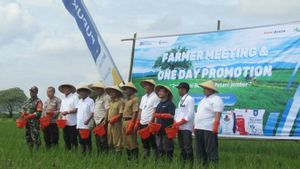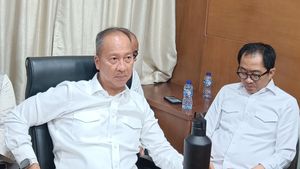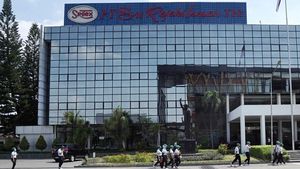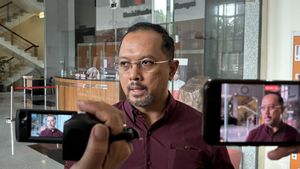The Capital Authority of the Archipelago (OIKN) officially launched the IKN Biodiversity Management Master Plan (Kehati) today.
This Master plan is in line with the Regional Spatial Planning (RTRW) with 65 percent being a green area.
"I want to say that this document contains the ambition that IKN will become a city that maintains at least 65 percent of its territory as a protected area," said Deputy for Environment and Natural Resources of OIKN Myrna Asnawati Safitri on the Soft Launch agenda of the Biological Diversity Management Master Plan. The capital city of Nusantara was monitored online on Tuesday, March 26.
The master plan is aimed at restoring the glory of Kalimantan, following the existing conditions that are very far from their origin due to the massive conversion for decades.
This conversion is caused by the interests of monocultural Industrial Plant Forests (HTI), oil palm plantation activities, mining, and others.
"This is getting heavier because the content in 60 percent is not an ecosystem or a good environment, most of it can be said if 65 percent of the 252,000 (hectare), right, around 160,000. The remaining 55,000 hectares are monocultur plantation forests, meaning not tropical forests," he said.
The launch of this Kehati document is also expected to solve the problem of secondary forests that have been damaged for a long time due to logging decades ago and the intense forest fires in East Kalimantan in 1997.
"Well, because of that it is a challenge to turn this kind of condition into a protected area. Then, the second content in this document is to show a more organized and systematic commitment within the next 5 years," said Myrna.
According to Myrna, his party is committed to managing these steps into 7 programs.
The seven programs include science technology data, efforts to rehabilitate damaged ecosystems, support biodiversity conservation, either in-situ or ek-situ.
Next, providing sustainable utilization of existing resources, including genetic resources, which includes recognizing and advancing the traditional knowledge of local wisdom from indigenous and local communities.
"Then, institutional strengthening, including law enforcement from various efforts that are not in line with biodiversity protection and the last is to make efforts to mitigate conflicts between humans and animals," he added.
SEE ALSO:
For your information, the preparation of the Biological Diversity Management Master Plan at IKN is a form of cooperation between the IKN Authority and the Asian Development Bank (ADB) through the Sustainable Infrastructure Assistance Program Phase II activity.
There have been several activities that have been carried out during the preparation of the document, such as field visits, data collection, workshops for survey results, and Focus Group Discussion which have involved various ministries, experts, academics, and NGOs.
The English, Chinese, Japanese, Arabic, and French versions are automatically generated by the AI. So there may still be inaccuracies in translating, please always see Indonesian as our main language. (system supported by DigitalSiber.id)
